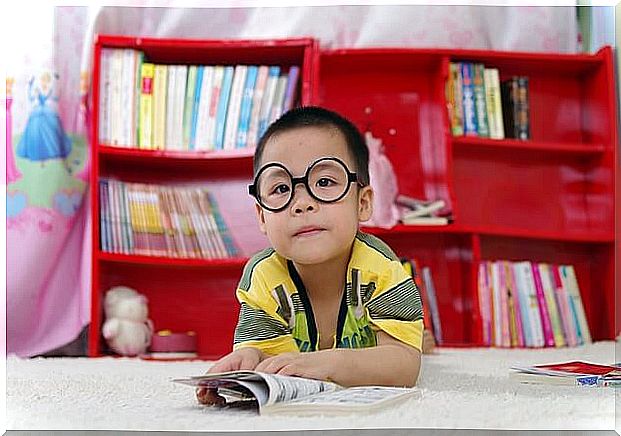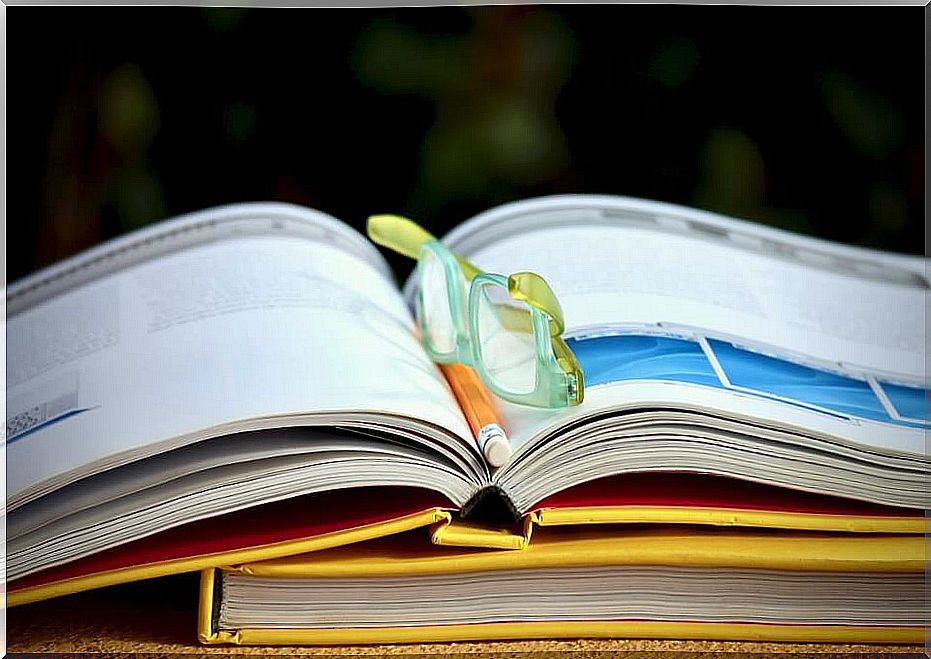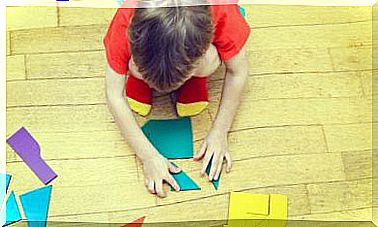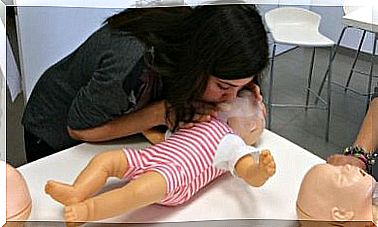How To Teach A Child To Study Alone?

Teaching a child to study alone is not just an act of cooperation, but a responsibility. It turns out that, during childhood, parental support is never enough when it comes to learning and consolidating knowledge.
The participation of parents in their child’s schoolwork will influence their school performance. Therefore, it is very important to keep a proactive attitude.
Good study habits from day one will see children achieve all academic goals, both in the classroom and on their own. In addition, it will also help them to cope more easily with stress through assessments (written or oral).
Teaching a child to study alone is a lifelong tool. We must remember that much of what we learn in childhood lasts forever.
Discipline is an important quality when it comes to maintaining and increasing motivation in learning, no matter how old you are.

Tips for teaching a child to study alone
The first step in teaching a child to study alone is to prepare the place of study. Clear the table, remove objects that could serve as a distraction, provide good lighting and organize papers, pencils, notebooks, dictionaries and all other necessary materials.
Of course, we should not forget that we should always include a bottle of water so that children don’t forget to drink water while studying.
1. Divide the themes
Once the place of study is organized, the first thing we must do is divide the subject into themes . In this way, the child will understand more clearly what he is going to study and it will be easier to deal with this volume of information.
2. Participate
Although the goal is for the child to be able to study alone, we must not fail to participate in the process. It is good that, at the beginning, we motivate the child and, as soon as it is finished, we ask him how he felt and let us make it clear that he did a good job.
If the child has any doubts, we must resolve them and, with patience and without haste, help them to overcome their difficulties. In other words, it’s about teaching the child to find and apply the solutions so that he doesn’t get upset and end up losing interest.
If you need to memorize something, try to help with a quiz. Try to do it as calmly as possible so that the child feels confident and is not intimidated by the questions.
3. Try not to pressure the child
If you constantly pressure your child about the importance of studying in an authoritative way, he may start to get angry. Therefore, he should be asked to study quietly. Thus, we will get the child to become aware of the importance of the act of studying.
4. Propose breaks
Teaching a child to study alone also implies explaining that breaks are always fair and necessary. Make sure your child takes short breaks periodically to avoid tiring.
5. Offer subtle rewards
Another tip that can help you a lot when teaching a child to study alone is to implement a reward system, based on equality, to keep motivation and willingness high.
6. Teach your child to learn
You must teach your child to learn, not just study. Encourage the child to learn new things every day, so that he understands the importance of knowledge in everyone’s daily lives.
In fact, you can find interactive ways for your child to learn at home, such as documentaries, educational games or books. It is also important to ask questions and teach yourself to question and reflect on the world around you.
7. Find fun ways to study
You can experiment with different methods and modify your child’s study system until it works. For example, you can use educational cards, a personalized study guide, or messages posted in your room.
If your child wants to learn in a particular way, in order for it to be fun, it’s important to give in. If, on the contrary, he doesn’t want to study, it’s important that you help him regain interest. You can make suggestions or drop some interesting information to whet your curiosity.

8. Minimize distractions
Another crucial aspect of teaching a child to learn to study on their own is to keep them from getting distracted. Therefore, it is necessary to turn off the television, radio and other electronic devices around you.
If necessary, you can completely limit internet access during scheduled study hours.
9. Writing, a useful and valuable resource
To teach a child to study alone, all you need is a pencil and paper. It turns out that many children retain information better when they write it down. Therefore, it is a good idea to teach you how to take notes and write down questions related to the topic you are interested in studying . In other words, teach how to prepare a quiz.
Ideally, the child should be able to answer all the questions and, when finished, periodically review the answers to fix the information . This type of simulation will reduce stress on the race days.








